-
Name (Acronym)Radar and 5G Architectures and Systems (RAS)
-
Teacher
-
Contact E-mailLM.RAS.UniTN.TRENTO.IT@eledia.org
-
Syllabus
-
Institution
-
Study Program
-
Degree
-
LanguageEnglish
-
Tracks
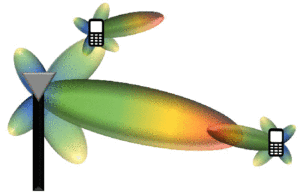 5G MIMO beamforming and nulling
5G MIMO beamforming and nulling
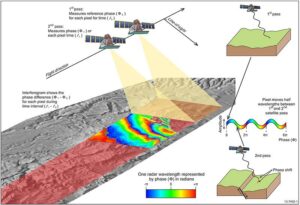
Synthetic Aperture Radar concept
ABSTRACT
The course is aimed to introduce the students to the basics of radar and 5G principles and to teach modern active architectures and systems focusing on electromagnetic functionalities and principal applications, also providing insights on the latest advances as well as envisaged evolutions of future radars and mobile communications. The course is divided into six parts. The first two parts are devoted to present the general architecture of a radar system, the basic radar terminology, and the mathematical and physical description of the radar problem. The third part focuses on modern radar architectures, highlighting the relationships between radar requirements, system deployment, and design of the sensing layout. The fourth and fifth parts are aimed to discuss the principal functionalities of modern active radar systems and present a selection of electromagnetic radar applications. The last part is aimed at showing how the technologies and architectures typical of radar systems will be widely used in the new 5G mobile communications systems. At the end of the course, the student is expected to become aware of the principles for external radar and 5G design (i.e., starting from the problem objectives and requirements/constraints specify the general architecture) and the internal design (i.e., starting from the general architecture specify the HW and SW implementations) and to acquire the knowledge for the study, analysis and design of modern and future radar and communications systems
COURSE FORMAT
The Course is taught in 🇬🇧️ ENGLISH and offered
- On-site
- On-line (synchronous and asynchronous)
with video recordings, hand-outs, etc. of the lectures available off-line (*).
COURSE CONTENT
Part 1. INTRODUCTION AND FUNDAMENTALS
- Radar principles and objectives: passive/active Radar; frequency spectrum; radar for detection, tracking, and imaging.
- Radar basics: Radar equation; Radar Cross Section (RCS) and clutter; pulse repetition frequency (PRF); resolution capabilities in range and the non-ambiguous range; Doppler effect; range and velocity ambiguities.
- Radar systems: monostatic, bistatic, and MIMO Radar.
- Radar signals and metrics: transmitted signal, target echo, noise, and clutter; receiver noise and losses; the Signal-to-Noise Ratio (SNR), the Carrier-to-Interference Ratio (CIR), and the Signal-to-Noise-plus-Interference Ratio (SINR).
Part 2. EM PROPAGATION, MODELING, AND SCATTERING
- Propagation of Radar waves: frequency spectrum; EM wave transmission, reflection, diffraction, and scattering.
- Interactions between objects and EM waves for Radar applications: modeling of targets and surfaces through conventional (plane, cilynder, sphere) and unconventional (fractal) curves; scattering from flat, smooth, and rough surfaces.
- Radar antennas: active/passive phased arrays; active electronically scanned array (AESA); single/multiple channel receiver; single-function, multi-function, and reconfigurable arrays.
- Features of Radar systems: beam-pattern types and characteristics; polarization; antenna pattern reconfiguration in space/time; mainlobe scanning and field-of-view; the scan loss and the reason and countermeasures for scan blindness; Radar bandwidth and resolution.
- Radiation pattern types and reconfiguration: sum, difference, flat-top, and cosecant-square patterns; strategies and solutions for interference suppression and adaptive nulling.
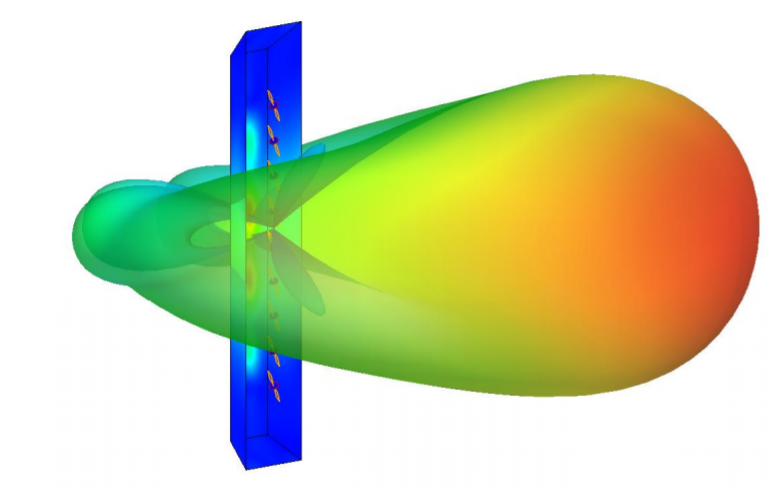
Part 3. RADAR ARCHITECTURES AND BEAM-FORMING
- Continuous waves (CW), frequency-modulated continuous-wave (FM-CW), and pulsed Radar: principles, general architectures, and main applications.
- Relationships between Radar requirements, system deployment, and design of the sensing layout (linear, planar, circular, and conformal Radar solutions).
- Analog and digital transmitters and receivers.
- Narrowband and broadband architectures: fully, clustered, over-lapped, and sparse beam-forming networks.
- Synthetic Aperture Radar (SAR): SAR fundamentals; SAR acquisition geometries: conventional stripmap mode and spotlight mode; concepts of inverse SAR (ISAR) imaging; from image quality parameters to SAR specifications of HW and SW implementations.
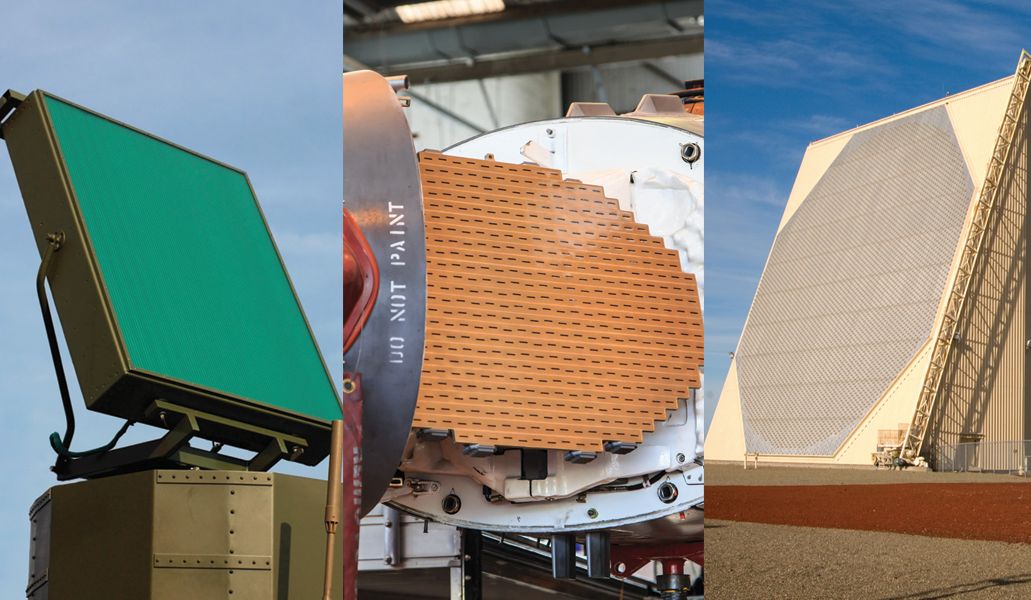
Part 4. EM RADAR FUNCTIONALITIES
- Direction finders: objectives, Radar structure, and estimation methods: periodogram, Multiple Signal Classification (MUSIC), Estimation of Signal Parameters via Rotational Invariance Technique (ESPRIT), Maximum Likelihood (ML), Learning-by-Example (LBE), and Compressive Sensing (CS);
- Radar tracking: sequential lobing, conical scan, and monopulse tracker; tracking in range; low-angle tracking and limitation to tracking accuracy; track-while-scan principles; impact of the tracking requirements on the Radar design.
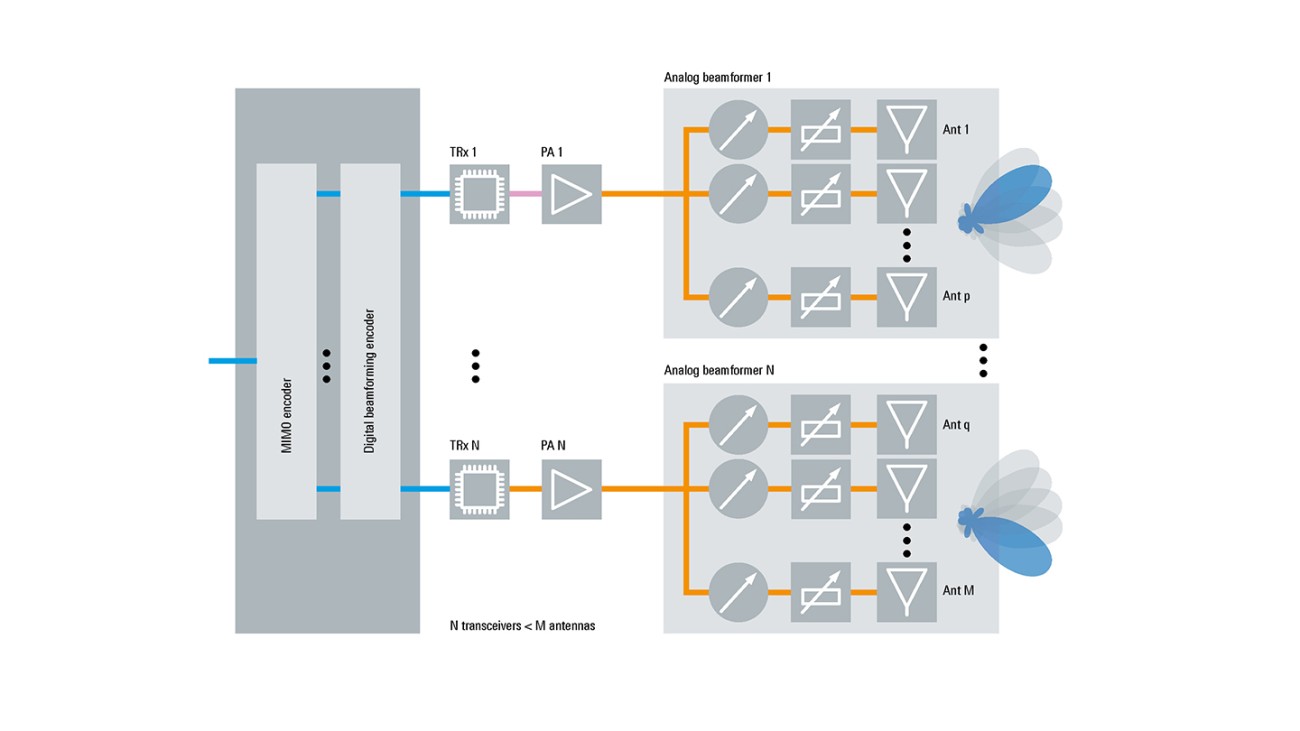
Part 5. SELECTED RADAR APPLICATIONS
- Air-traffic control Radar;
- Meteorological Radar;
- Ground penetrating and through-the-wall Radar;
- Cognitive Radar.
Part 6. 5G COMMUNICATIONS SYSTEMS
- 5G key requirements: trends and technology at (sub-)millimeter-wave bands for wireless back-/front-haul network.
- Front-haul: application scenarios and potential bands; massive MIMO architectures comparison; hybrid beam-forming architectures; technology challenges.
- Backhaul: current spectrum use, considerations on new needs deriving from mobile access moving to higher frequencies; mm-wave technical/technological trends; research activities in the D-band (130 to 175 GHz) for outdoor backhaul applications; standardization status; technology overview.
TEACHING ACTIVITIES
- Theoretical Lessons
- e-Xam Self Assessment (each teaching class or periodically)
- MATLAB Hands-On
- e-Xam Final Assessment
FURTHER READINGS
- M. I. Skolnik, Introduction to Radar Systems. McGraw-Hill, 2001.
- M. I. Skolnik, Radar Handbook. McGraw-Hill, 2008.
- B. Edde, Radar: Principles, Technology, Applications. Prentice-Hall, 1995.
- G. Franceschetti and R. Lanari, Synthetic Aperture Radar Processing. CRC Press, 1999.
- H. Meikle, Modern Radar Systems. Artech House, 2008.
- M. A. Richards, J. A. Scheer, and W. A. Holm, Principles of Modern Radar: Basic Principles. SciTech, 2010.
- W. L. Melvin and J. A. Scheer, Principles of Modern Radar: Advanced Techniques. SciTech, 2013.
- W. L. Melvin and J. A. Scheer, Principles of Modern Radar: Radar Applications. SciTech, 2014.
- W.-D. Wirth, Radar Techniques Using Array Antennas. IET Radar, Sonar, and Navigation Series: The Institution of Engineering and Technology, 2013.
- J. R. Guerci, Cognitive Radar : The Knowledge-aided Fully Adaptive Approach. Artech House, 2010.
- A. Zaidi, F. Athley, J. Medbo, U. Gustavsson, G. Durisi, and X. Chen, 5G Physical Layer. Academic Press, 2018.
For further references please contact the Teacher(s).
(*) Each registered participant acknowledges that the material distributed in the frame of the course, available for the duration of one academic year, is protected by copyright and delivered for educational purposes and personal use only. The participant agrees and undertakes not to forward, publish, disclose, distribute, disseminate - in any form or manner - such a material without written consent of the author(s) of the material. Unless otherwise explicitly allowed by the speaker in written form, no recordings of the online lectures can be made.
